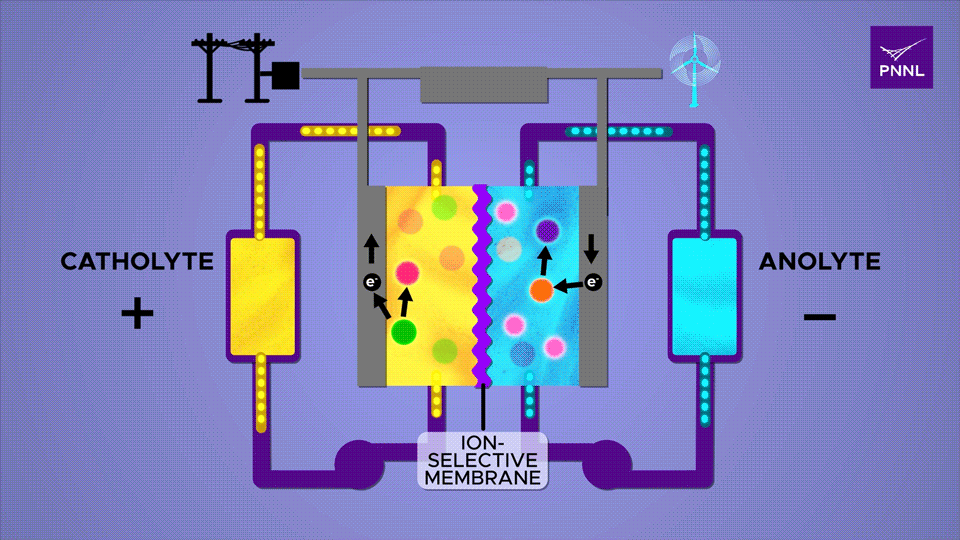Two groups of researchers in South Korea and America have added silicon and sugar as ways of gaining more energy from two different types of batteries. The 10X Battery at Last? Researchers at Pohang University of Science & Technology (POSTECH) in South Korea have developed a “layering-charged, polymer-based stable high-capacity anode material.” POSTECH professors Soojin Park (Department of Chemistry) and Youn Soo Kim (Department of Materials Science and Engineering) and Professor Jaegeon Ryu (Department of Chemical and Biomolecular Engineering) of Sogang University think their discovery could increase current electric vehicle range “at least 10-fold.” As noted in this blog many times, the idea of a 10X battery has been a matter of intense research from Yi Cui at Stanford and his research partner Jaephil Cho in South Korea, along with John Goodenough at Rice University and Jeff Dahn at Canada’s Dalhousie University – among others. Silicon and Polymeric Benders One of the bigger problems with using silicon in a battery …
Making Silicon Anodes in Large Batches
A Long-term Collaboration Dr. Jaephil Cho is a well-known battery researcher and inter-continental associate of Dr. Yi Cui of Stanford University. The pair has collaborated on many ways to improve battery performance and longevity, and both have appeared at various electric aircraft symposia. They have even inspired others in related research. Dr. Cho and his team at Ulsan National Institute of Science and Technology (UNIST) in South Korea announced a way to make a new generation battery anode material – a big move toward mass production of improved cells. Dr. Cho’s team of researchers affiliated with Ulsan National Institute of Science and Technology (UNIST), South Korea, claims to have made yet another step towards finding a solution to accelerate the commercialization of silicon anodes for Lithium-ion batteries. A Next-generation Hybrid Anode As reported by UNIST, “Prof. Cho and his research team have developed a new type anode material that would be used in place of a conventional graphite anode, which they …
Wollongong Cites Battery Breakthrough
Professor Zaiping Guo at the University of Wollongong’s Institute for Superconducting & Electronic Materials is working on improving lithium-ion batteries for use in electric vehicles, as well as portable devices like mobile phones, and her school proclaims a breakthrough. Her team has developed a novel nanostructured Germanium (Ge)-based anode material for high-powered rechargeable lithium batteries. Professor Guo, an Australian Research Council (ARC) QEII Fellow, said the development of this inexpensive manufacturing technique is a breakthrough that will provide a significant improvement in battery technology, which can be used to power the next generation of clean-tech electric cars. “The novel anode materials are very simple to synthesize and cost-effective,” she said. “They can be fabricated in large-scale by industry, therefore have great commercial potential.” In tests, Ge-based cells have five times more energy storage and the potential to go at least twice as far on a charge as batteries used in current electric vehicles, according to the University. “This equates to …
CAFE Makes the Top of Kitplanes’ Cover
While at the local magazine store, or the proverbial fine book store, you’ll be able to spot Kitplanes’ August 2010 issue easily. The yellow letters on the cover line above the magazine title pop with upper-case intensity: “FUTURE SHOCK: CAFE’S Electric Aircraft Symposium.” Not only does the fourth annual Electric Aircraft Symposium get pride of place on the magazine’s cover and in four pages inside, but Marc Cook, editor-in-chief for the publication, titles his “Around the Patch” editorial “Making Electric Aircraft Exciting,” and proceeds to share his surprised discovery of respect for the new Toyota Prius, and to praise the husband-wife team of Bill Dube’ and Eva Hakansson, battery builder and racer, respectively, of Killacycle, the 0-60 in one second electric motorcycle. At a less-fevered pace, he predicts, “Gone will be the days that we fly at maximum continuous power in cruise….Maximum range comes at lower airspeeds and higher altitudes, one place the electric motor shines…. This will, in effect, turbocharge electric aircraft …

